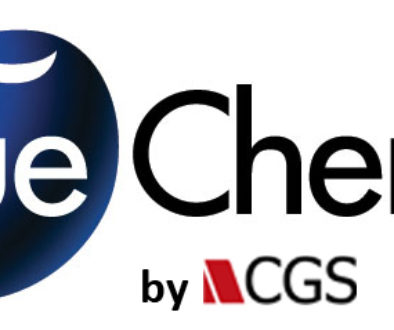Attribution Models: How, What, Where, Why?
Among the many steps to ensuring an accessible, interactive, well-received website, marketing attribution models are emerging as an effective means to conversion for modern e-tailers. To start: what, exactly, is marketing attribution? Basically, it’s an informed approach to valuing long-term marketing channels. While many retailers only take “last-click” options into account—the final step before the purchase is made—marketing attribution aims to quantify and analyze results based on the user’s total behavior on your site, which means considering every interactive element on or leading to your page. This could include organic search, social networks, clickable advertisements, and more.
Decent attribution models aim to isolate and prioritize proven methods of generating sales, providing the right channels to the right users and thereby maximizing conversion. Of course, these things take time and effort, not to mention various web analytics platforms; online retailers need to decide for themselves whether the investment is worth it.
Luckily, there are infographics to help! Econsultancy and Adobe assembled this excellent visual guide to the best practices and pitfalls of marketing attribution models, brought to our attention by Linda Bustos at GetElastic.
Here are a few noteworthy conclusions for your perusal:
- Only 54% of business use marketing attribution at all; of those, 28% limit themselves to last-click.
- 89% of marketers using marketing attribution say it has a positive impact on their businesses. 29% called it a “major” impact.
- 60% of marketers cite disparate tech and data sources as the biggest barrier to use.
- 28% of marketers blame internal politics for why they haven’t adopted marketing attribution.
- Just 35% of companies incorporate offline touchpoints into their attribution models.



